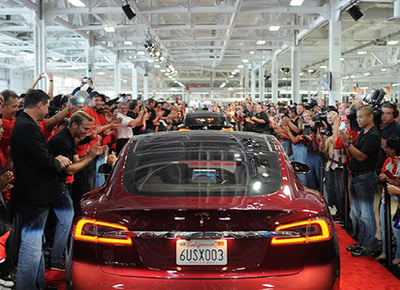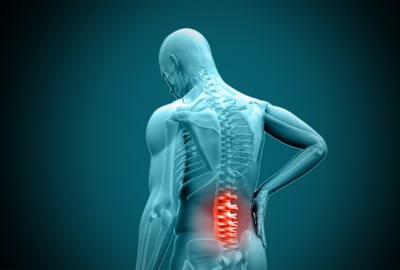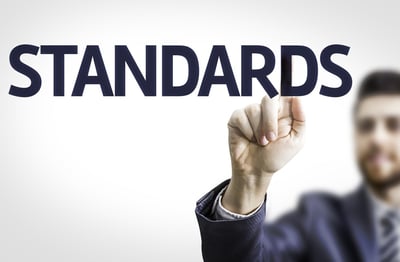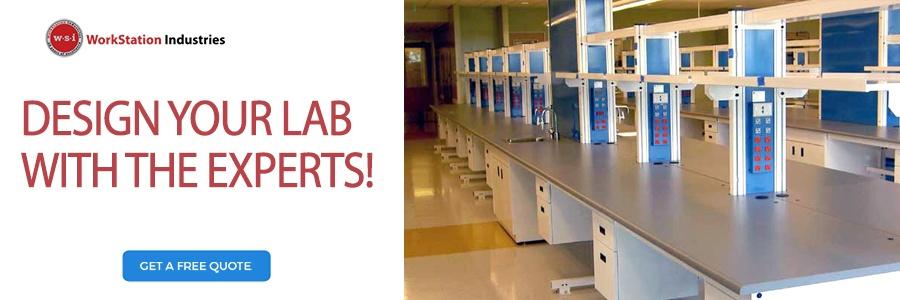Creating a safe working environment for workers is the right thing to do, of course. But there’s a lot more to it than that: It ultimately cuts down on costs, improves ROI and—if Tesla is any example—may make it less likely that your workers will try to unionize. That may sound like a leap, but bear with me.
 One key to workplace safety is focusing on how your employees work, and designing workflow around the body positions in which those employees perform their tasks. That's called ergonomics. Failure to include ergonomics in workplace design can lead to costly consequences such as a high injury rate, absenteeism, higher workers’ comp premiums and settlements, the need to retrain workers—and dissatisfied employees, who believe their working conditions are unsafe and/or unhealthy.
One key to workplace safety is focusing on how your employees work, and designing workflow around the body positions in which those employees perform their tasks. That's called ergonomics. Failure to include ergonomics in workplace design can lead to costly consequences such as a high injury rate, absenteeism, higher workers’ comp premiums and settlements, the need to retrain workers—and dissatisfied employees, who believe their working conditions are unsafe and/or unhealthy.
Dissatisfied employees grumble, and that grumbling may well lead them to seek a solution that will be even costlier to you: unionization. Regardless of your personal feelings about unions, think about it: Wouldn’t workers want a union behind them if they thought their workplace was unsafe?
That’s just what’s happening at a Tesla manufacturing plant. Earlier this year, some of its workers turned to the United Auto Workers to help them organize after Tesla employee José Moran wrote a piece in Medium detailing what he considered difficult and potentially harmful work conditions at the plant. I'll get back to that shortly.
First, let’s talk about ergonomics.
Understanding ergonomics
Let’s start at the beginning. You probably know the term, but do you really understand ergonomics? OSHA offers a basic definition:
Ergonomics is the science of designing the job to fit the worker, rather than physically forcing the worker’s body to fit the job.
Adapting workstations, tools, seating and equipment to your workers’ bodies and tasks can help reduce their physical stress. That will likely eliminate many potentially serious —and potentially disabling—work-related disorders.
 Here’s how that works.
Here’s how that works.
Poor workplace ergonomics create risk factors, or stressors. These stressors commonly include repetition, force, extreme or static postures, quick motions, contact pressure, vibration and cold temperatures. Ultimately, they can damage muscles, nerves, tendons, ligaments, joints, cartilage—even spinal discs. It happens in the workplace all too frequently. In fact, these musculoskeletal disorders accounted for 31 percent of nonfatal occupational injury and illness cases requiring days away from work in 2015.
Unlike many other workplace injuries, musculoskeletal disorders usually aren’t obvious at first: It may be years before your workers notice any damage. They may look fine. But they’re not.
Back at Tesla…
Employees the car maker’s Fremont, Calif., factory have been pushing for unionization since around February, when Moran’s piece appeared in Medium. After the piece was published, the Tesla Workers’ Organizing Committee –which is spearheading union efforts –wrote a letter to the Tesla board about their concerns. Here’s a short excerpt: “Effective health and safety programs in manufacturing empower workers to make decisions about equipment, rotation schedules, ergonomics and more. We urge you to make our safety your priority…”
Meanwhile, a report by Worksafe, a California-based worker-advocacy group, found the plant’s injury rate was 31 percent above the national average in 2015—the most recent year for which complete numbers are available.
Who asked Worksafe for the report? The United Auto Workers.
Forewarned is forearmed
Worried? Good. If you aren’t thinking about ergonomics, it's time start. It sounds easy, right? Just look for lab equipment and furniture that’s ergonomically sound? Well, yes. But doing that isn't as simple as it sounds. Just because something is called ergonomic doesn’t mean it is ergonomic: There’s no real standard for this term yet.
 Fortunately, there are various manufacturing standards for different furniture applications, and these standards often incorporate principals or guidelines regarding ergonomics.
Fortunately, there are various manufacturing standards for different furniture applications, and these standards often incorporate principals or guidelines regarding ergonomics.
When you furnish your lab, seek out manufacturers who are members of, and whose products are certified by, organizations such as ANSI/BIFMA (American National Standards Institute and the Business and Institutional Furniture Manufacturer’s Association) and UL (Universal Labs). Typically, these manufactures subject themselves to higher manufacturing standards.
By doing your due diligence and making the right choices, you can save thousands of dollars—even hundreds of thousands—over the long term. On top of that, you keep your workers happy, comfortable, and un-unionized.
(Want to know more about ergonomic lab equipment? Check out my blog post from earlier this year.)
Image Credit: Photo by Steve Jurvetson | CC BY


